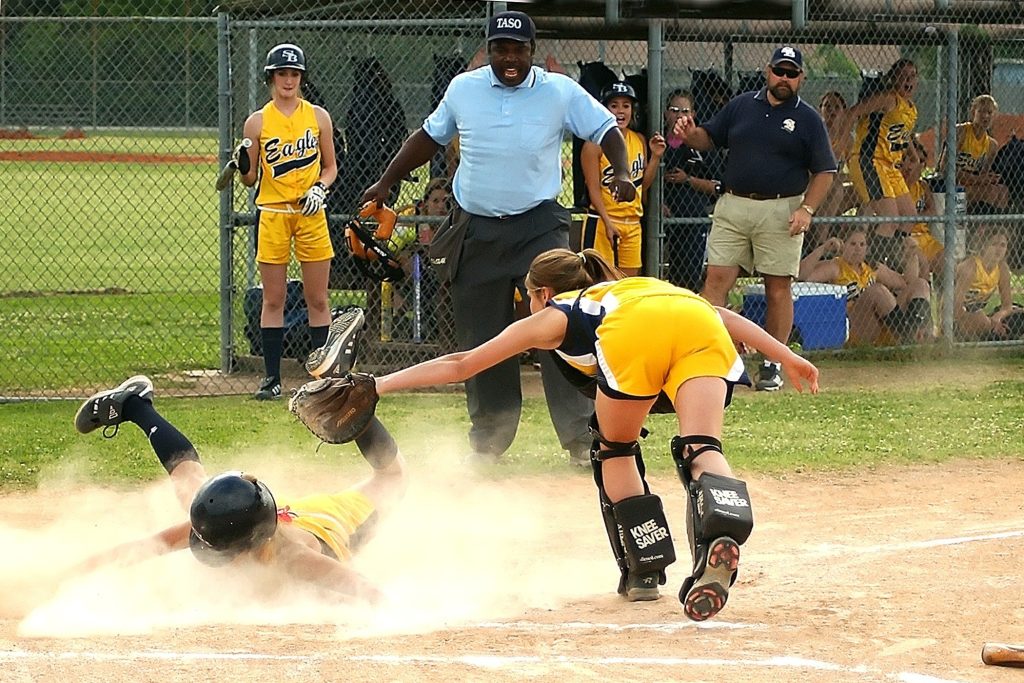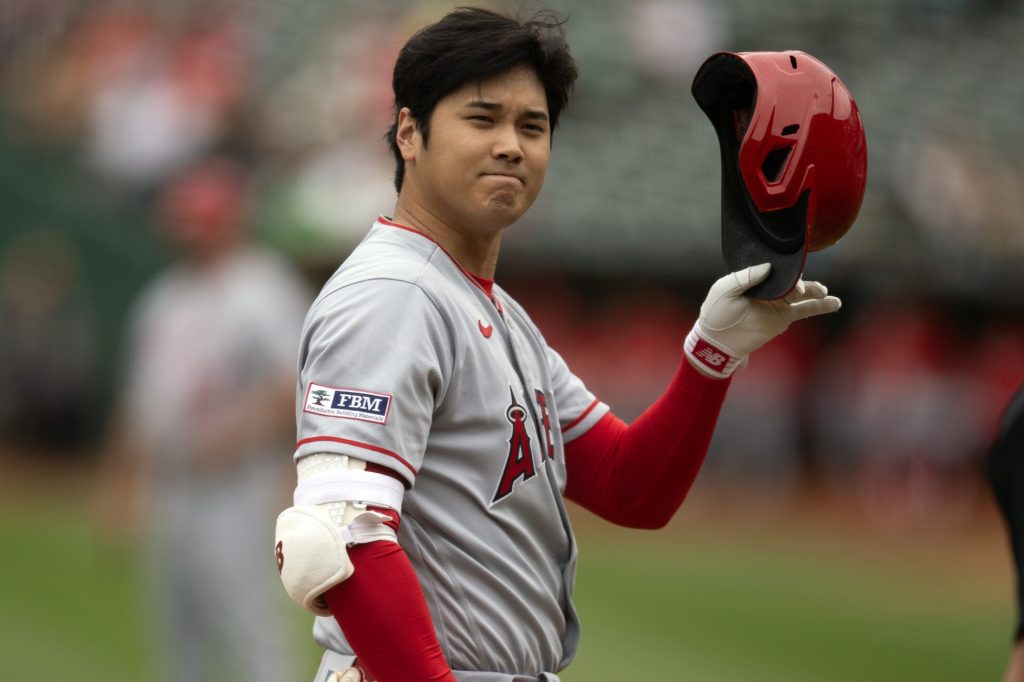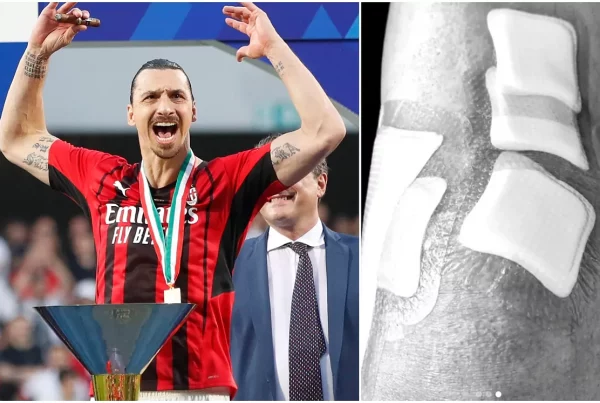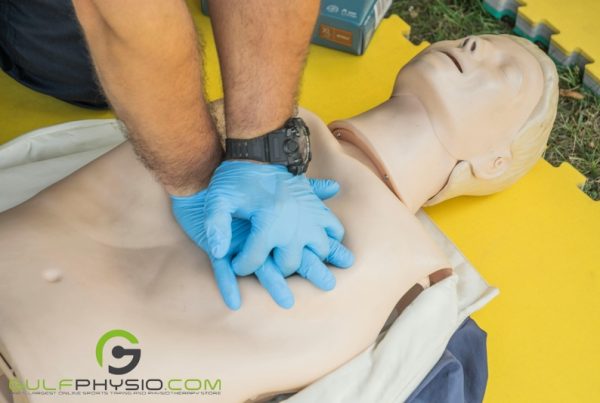
As a sports physiotherapist with years of experience, I’ve witnessed the consequences of athletes pushing through injuries.
Recently, Shohei Ohtani suffered an oblique strain during his practice session at the Angel Stadium last September 4th, 2023. It’s imperative to shed light on the potential repercussions of ignoring an injury like that.
The Importance of Recognising an Athlete’s Injury

Firstly, it’s crucial to acknowledge the immense dedication and competitive spirit that drives athletes like Ohtani. Their passion for the game often leads them to downplay injuries, but in the case of an oblique strain, doing so can have severe consequences.
The oblique muscles are essential for the rotational movements crucial in baseball. Any disruption in their function can significantly affect performance.
The Potential Complications of an Oblique Strain

If Ohtani were not sidelined for the season to properly address his right oblique strain, the risk is substantial. Let’s delve into the potential complications:
Rib Fracture and Cartilage Damage
The oblique muscles are intimately connected to the ribs and costal cartilage. An untreated oblique strain can place additional stress on these ribs and cartilage. It increases the risk of rib fractures and cartilage damage.
Rib fractures can be excruciatingly painful and can impede an athlete’s ability to swing, pitch, or even breathe comfortably. Cartilage damage could result in persistent discomfort and limit Ohtani’s ability to generate power during his pitches and swings.
The Comprehensive Recovery Plan of an Oblique Strain

In terms of recovery, it’s essential to emphasize that rushing the healing process is a recipe for disaster. The timeframe for Ohtani’s recovery would depend on the severity of his oblique strain. However, a typical rehabilitation regimen may involve:
Phase 1: Initial Recovery
Estimated Time:
By the 1st to the 2nd week of recovery (weeks 0-2)
Exercises:
- Rest and Pain Management: Complete rest to allow the injured muscles to heal, with pain management techniques.
- Evaluation and Assessment: Regular assessments by a physical therapist to monitor progress.
Phase 2: Early Rehabilitation
Estimated Time:
By the 2nd to the 4th week of recovery (weeks 2-4)
Exercises:
- Range of Motion Exercises: Gentle stretching exercises are necessary to improve flexibility.
- Strengthening Exercises: Isometric exercises are used to activate and strengthen the oblique muscles.
Phase 3: Intermediate Rehabilitation
Estimated Time:
By the 4th to the 8th week of recovery (weeks 4-8)
Exercises:
- Progressive Strengthening: Gradual progression from stretches to isotonic exercises.
- Functional Training: Integration of baseball-specific movements for better gradual practice.
Phase 4: Advanced Rehabilitation
Estimated Time
By the 8th week of recovery and beyond (weeks 8+)
Exercises:
- Sport-Specific Training: Incorporation of sport-specific drills and simulations.
- Gradual Return to Play: A structured return-to-play protocol with close monitoring.
Additional Notes
Throughout the recovery process, other essential steps need to be addressed. These are the following:
- continuous pain and symptom monitoring,
- education on injury prevention
- maintenance exercises
In Conclusion
Ultimately, Shohei Ohtani’s health and long-term career prospects should be the priority. Rushing him back onto the field could exacerbate his injury, jeopardize his performance, and compromise his future in the game.
The decision to sideline him for the season is undoubtedly a difficult one, but it’s a wise one. It’s the necessary choice to protect his well-being and ensure he returns to the game at his best.
Let this serve as a reminder. In sports, as in life, sometimes the most challenging decisions are the ones that ensure a brighter future.


